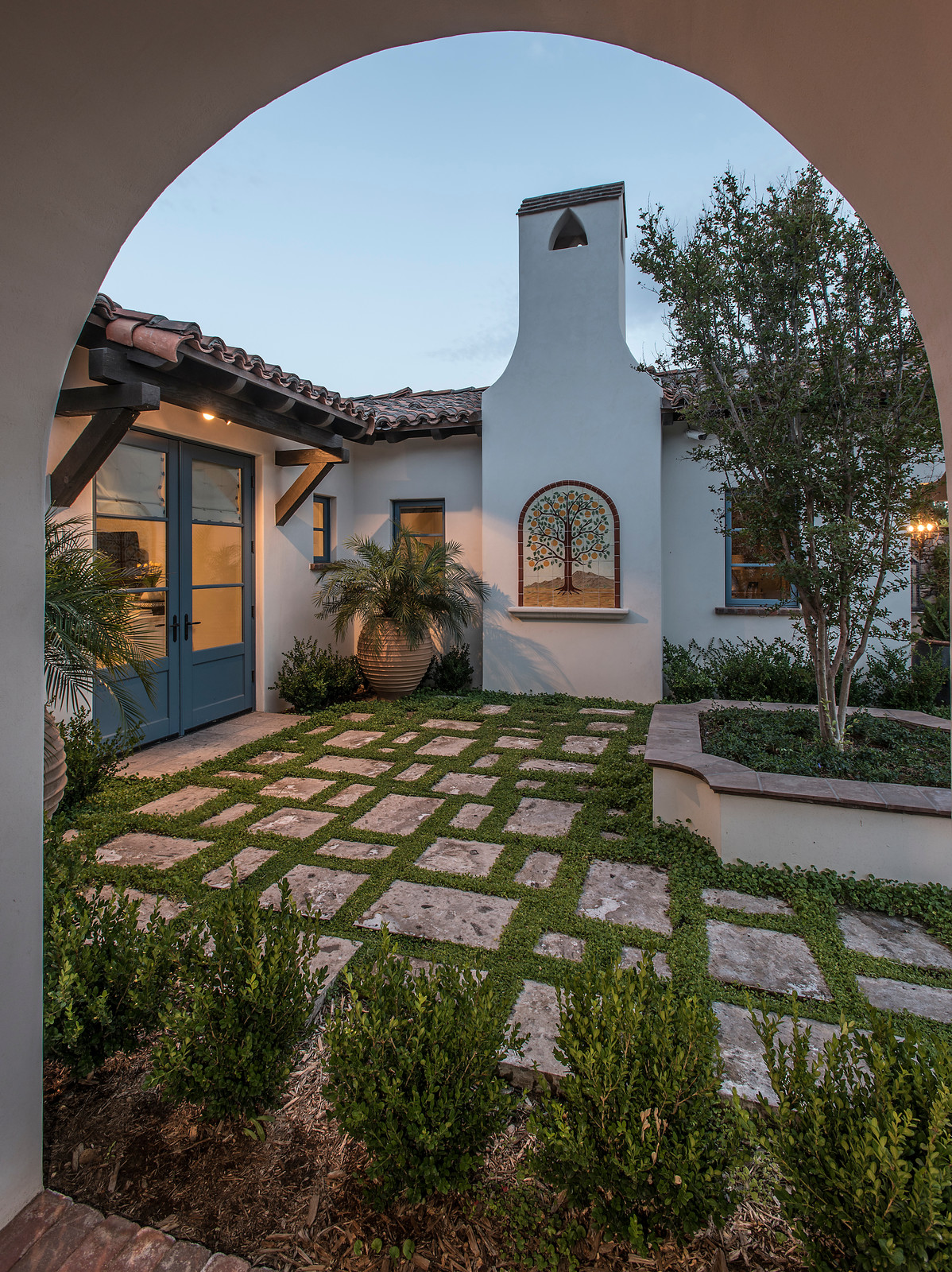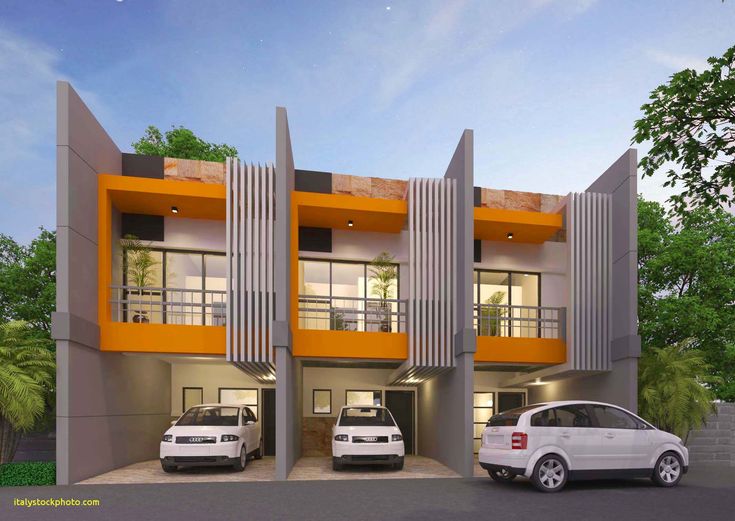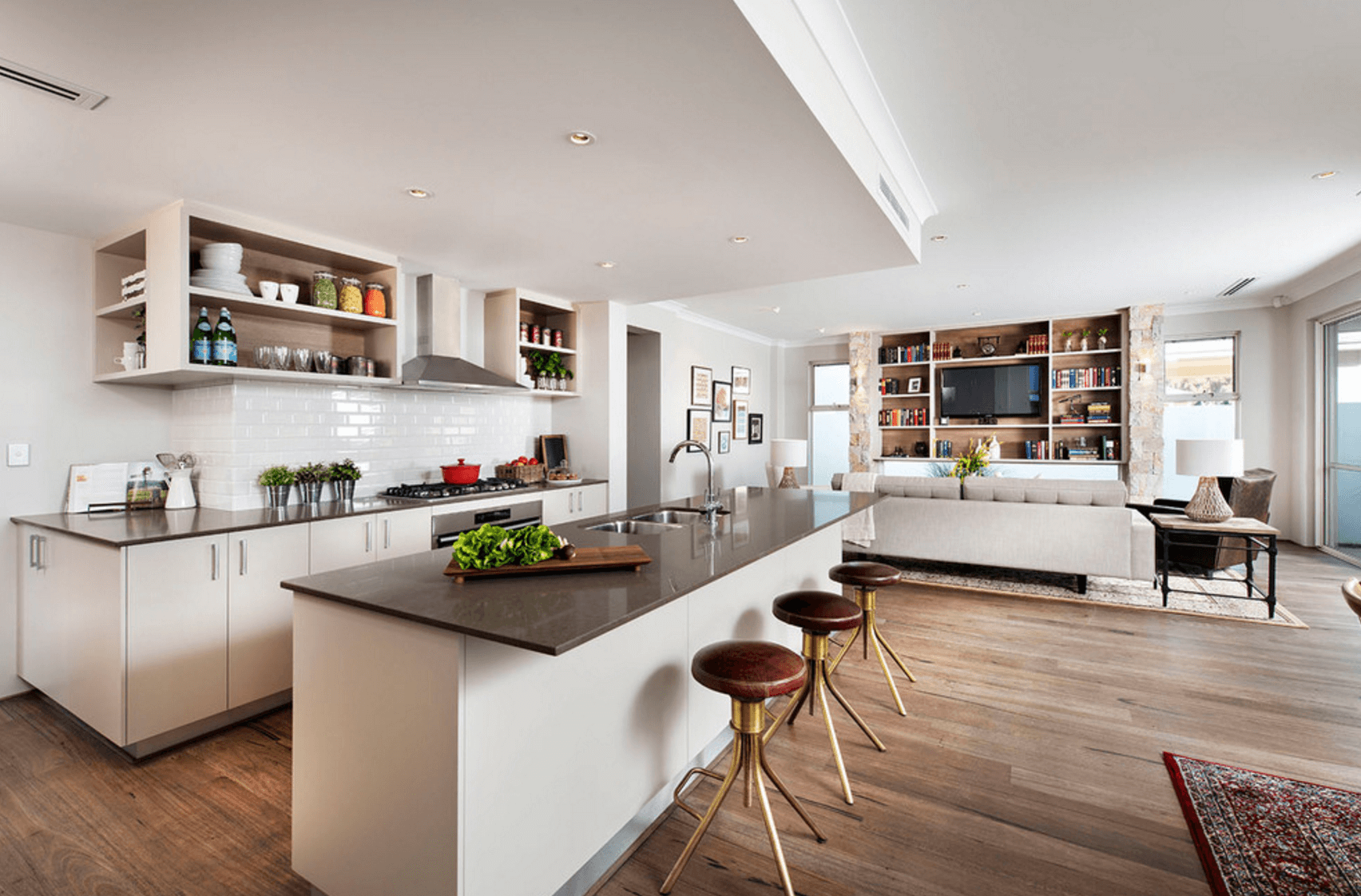Bahay Kubo House Designs
The Bahay Kubo is one of the most iconic Filipino house designs and is a prime example of the Art Deco style. The "nipa hut" is made of capped bamboo poles holding up the ridged roof of fasted palm leaves, while its walls also constructed in a similar manner. This style of house is most popular in rural areas and coastal towns of the Philippines.
Notable features of the Bahay Kubo are its simplistic design, functionality with use of natural materials, and open floor plan, which helps keep the home cool during humid summer days. Its traditional design has been used for centuries and is still the preferred choice for those looking to make a quick, affordable house.
Spanish Colonial House Designs
During Spanish colonization in the 1500s, many cities, churches and fortifications were designed in the Spanish Colonial style of architecture. This, of course, also extended into the residential areas, propagating the use of the classical architecture.
Spanish Colonial style residences are characterized by the use of ornamental details, such as arches focused on creating an exaggerated grandeur. The designs often incorporate the use of red-tiled roofs with several stories that feature balconies and patios reminiscent of the style found in places like Portugal and the Mediterranean.
Bahay Na Bato House Designs
The Bahay Na Bato is a hybrid of the Spanish Colonial and traditional Filipino styles, and elaborates on the designs of the Bahay Kubo. These houses were built around the late 1800s and are easily distinguished by their use of brick and stone foundations instead of theochoorely-crafted bamboo used in the latter.
The walls are made of hewn stone, mortar, and bricks, sometimes adjoined with wooden frames. The roof is made of galvanized iron, and typically, it's double-tiered for a more elaborate exterior. If one is looking for a more luxurious version of the traditional Bahay Kubo but with a more resilient structural integrity, then the Bahay Na Bato is the perfect choice.
Cordillera House Designs
Home to the Igorot tribes, the Cordillera is known for its distinct tribal culture and craftsmanship that have been around since the Spanish colonial era. Traditional Cordillera homes are built like stilt-houses for protection again flooding, with the floors of the house elevated several feet off the ground.
The walls of these houses are made of split bamboo, and are typically triangularished with four or more posts for support. These posts act as pillars and are then capped with a jungling roof, which is made of tightly-tied palm leaves or other local materials. The walls are also usually adorned with intricate designs and carvings.
Ilokano House Designs
Ilokano homes are typically crafted entirely out of wood, and are built to last even in extreme weather conditions. The walls are made of multifarious Gulf lumbers like acacia, rattan, santol, and bamboo, and are incredibly resistant to typhoons and strong winds due to their lightweight construction.
The houses are elevated, like most Filipino homes, in order to keep them dry during the monsoon season. The windows of the house are made of capiz, a type of shell which is prevalent to the region, and the walls are held together with split bamboo that has been brought together with vine straps.
Maranao House Designs
The Maranao people, which inhabit the areas around Lake Maraw, are known for their intricate arts and crafts, which includes their iconic bastiaston (boat-house) designs. Similar to other traditional Filipino residence designs, the bastiastons are elevated and constructed out of bamboo, rattan, nipa and other materials found in the region.
The Maranao people are also known for their elaborate carvings on the wooden-framed walls. Their distinctive designs often feature patterns that are inspired by the birds, fishes, and other animals that inhabit the lake, highlighting the community's deep spiritual and ecological connection with the said area.
Mountain Province House Designs
The Mountain Province is the home to the Kankanaey and Ibaloy tribes, whose traditional houses go by the names Tam-an and Yakal-han, respectively. These houses, like many of the other tribal houses in the Philippines, are made of large bamboo poles, wood, split bamboo, and other easily found materials.
Because of the elevated terrain of the region, these houses are typically built on the side of the mountain. They are also designed to be tightly packed, creating an extended living space for all members of the family, and have windows that are designed to keep out the cold weather during winter months.
Tausug House Designs
Tausug houses in Sulu are constructed with an inimitable style, having been influenced by both the Indian and Arab cultures. These Clan Homes, as they are known, are made of mud and coral blocks, and typically arranged as terraced homes with large stone slabs lining the walls.
The style used is inspired by the Sulu Sultanate's Islamic influences, and often feature the common motifs of geometric patterns that are made with different colored stones, giving homeowners the opportunity to customize their home according to the style that they desire.
Tribal House Designs
The different tribal family structures of the Philippines have also influenced their houses to have distinct designs that reflect their respective tribes. Such is the case of the Badjao and Igorot houses, which are made out of wood and bamboo but differ significantly with visual details.
The wooden Badjao houses typically have many small windows and are adorned with several intricate designs, while the stilt-based Igorot houses often have one large opening in the middle to create an open air ventilation system that would help keep the home cool during the humid days in the mountains.
Visayan House Designs
The Visayans have always been known for their proficiency in creating structures out of wood, and this is exemplified in their traditional houses. The houses are typically made of timber and nipa, which is the same style of the Bahay Kubo but with the addition of more sophisticated woodworking.
The walls are made of interlocking planks of wood, and the roof is designed like a V in order to help deflect rain during the typhoon season. Even the window panels are made of wooden lattice, creating an illustration of the wooden craftsmanship of the Visayan people.
Modern Filipino House Designs
For those looking for a more contemporary take on Filipino house designs, there are several modern interpretations. These modern designs often incorporate modern conveniences, such as air conditioning units, and combine them with the traditional styles of Filipino structures.
In most cases, these hybrid houses still rely on the classic color combinations of red tiles and white walls, along with several details of the original style. These modern designs represent the convergence of the old and the new, but they also remind us of the traditional Filipino house designs created centuries ago.
Traditional Filipino House Design: A Beauty of its Own
 Every traditional Filipino house design and structure has its own unique charm. From the miles of countryside to the villages and cities, each one is distinct and stunning in its own way. With communities of various ethnic backgrounds, the styles and influences are abundant and varied. Whether it’s a mixture of European influences or a masterful blend of local crafts, Filipino house design clearly shows the harmonious blend of many origins.
Every traditional Filipino house design and structure has its own unique charm. From the miles of countryside to the villages and cities, each one is distinct and stunning in its own way. With communities of various ethnic backgrounds, the styles and influences are abundant and varied. Whether it’s a mixture of European influences or a masterful blend of local crafts, Filipino house design clearly shows the harmonious blend of many origins.
The Use of RegionalMaterials
 When discussing Filipino house design, it’s impossible to ignore the local use of regional materials. Nipa, anahuac, and alibata, known as bamboo in some places, are just some of the materials used in construction. Harwood, particularly narra, is a common choice for floors, windows, doors, and furniture. Local artisans have mastered the art of utilizing the resources provided by nature, creating elegant yet simple homes and structures.
When discussing Filipino house design, it’s impossible to ignore the local use of regional materials. Nipa, anahuac, and alibata, known as bamboo in some places, are just some of the materials used in construction. Harwood, particularly narra, is a common choice for floors, windows, doors, and furniture. Local artisans have mastered the art of utilizing the resources provided by nature, creating elegant yet simple homes and structures.
Modern Filipino Design
 Modern Filipino design has taken these traditional elements and updated them with modern comforts. Whether it’s a small bungalow nestled in a rural area, or a large contemporary home in the city, Filipino builders are experts when it comes to creating functional and beautiful living spaces. The combination of modern features and traditional Filipino touches creates a unique look that is unlike any other.
Modern Filipino design has taken these traditional elements and updated them with modern comforts. Whether it’s a small bungalow nestled in a rural area, or a large contemporary home in the city, Filipino builders are experts when it comes to creating functional and beautiful living spaces. The combination of modern features and traditional Filipino touches creates a unique look that is unlike any other.
A Culture Seeped in History
 The Filipino house design is one that is steeped in history and tradition. Many of the materials and methods used to construct homes have been passed down through generations, and have been used since before the colonization of the Philippines. As the Philippines continues to grow and develop, Filipino designers have embraced this traditional history and combined it with contemporary elements to create unique and beautiful homes.
The Filipino house design is one that is steeped in history and tradition. Many of the materials and methods used to construct homes have been passed down through generations, and have been used since before the colonization of the Philippines. As the Philippines continues to grow and develop, Filipino designers have embraced this traditional history and combined it with contemporary elements to create unique and beautiful homes.







































































































































